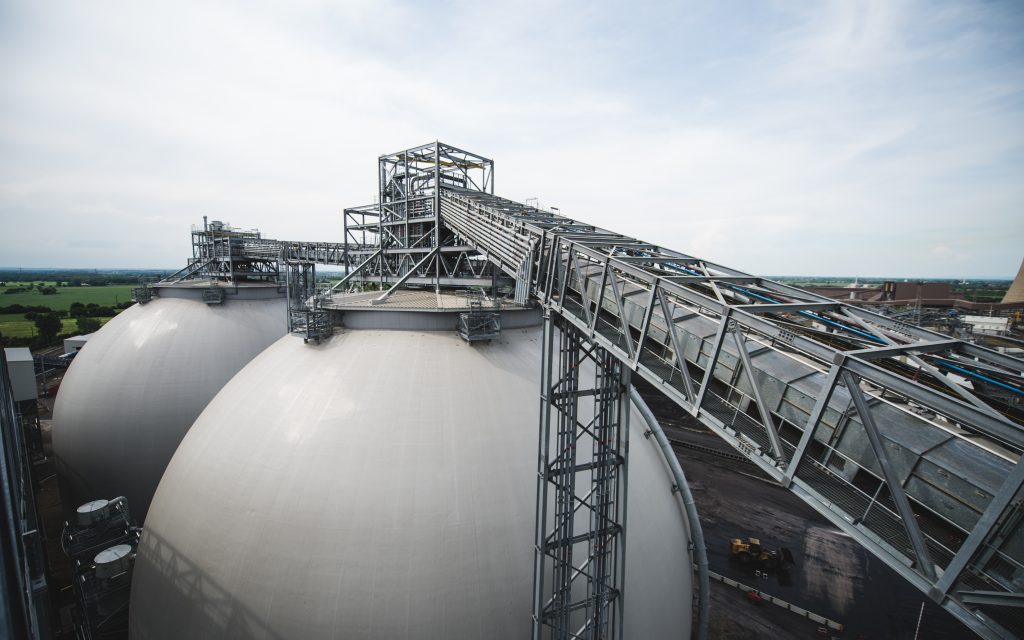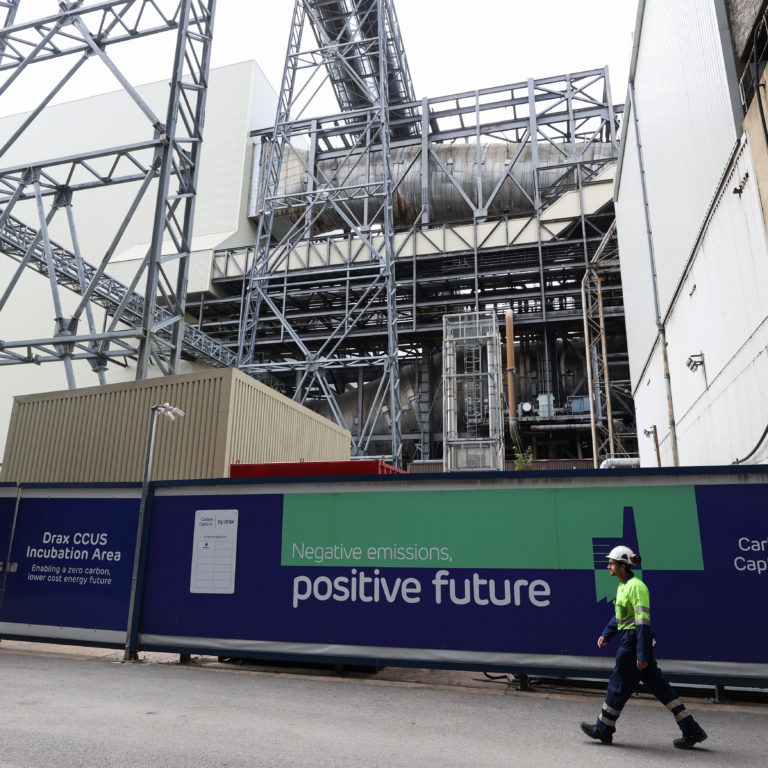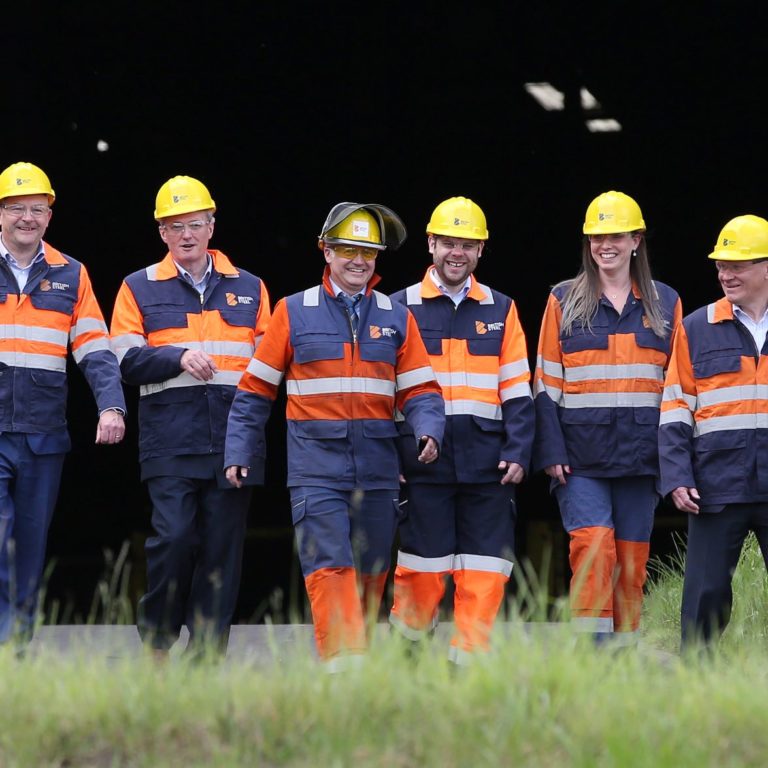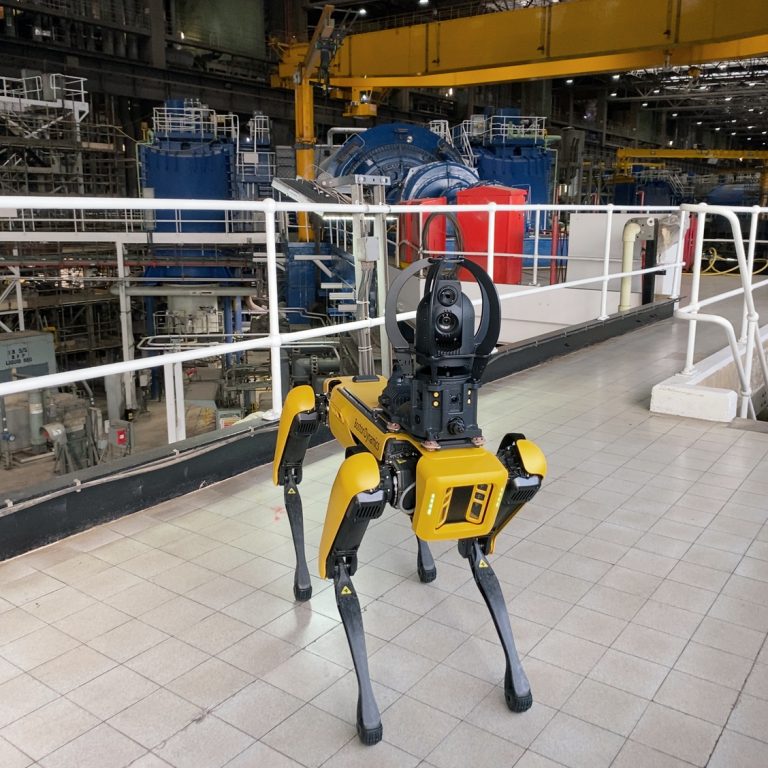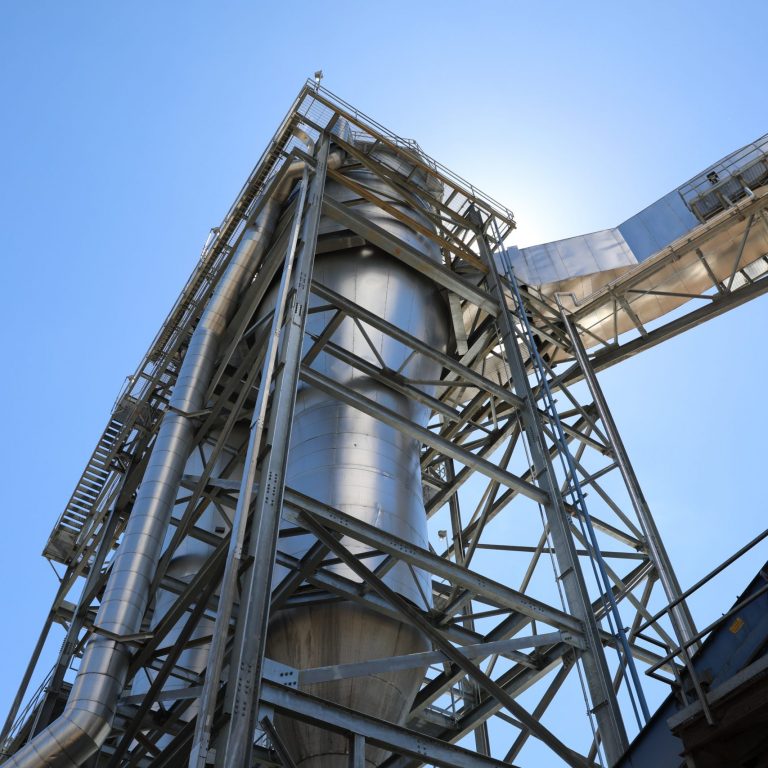There are four storage domes at Drax Power Station and each of them can hold 80,000 tonnes of compressed wood pellets. It’s these biomass pellets, a sustainable fuel, that Drax is being upgraded to run on and produce renewable electricity.
Wood pellets are an incredible fuel that can match coal for efficiency – the challenge is you just need more of them as the density and calorific value of coal is greater. However, storing such large quantities in a confined space presents risks that have to be managed, 24/7.
Atmospheric control
The crucial difficulty with storing the pellets is their chemical volatility. Wood, which the pellets are made from, emit carbon monoxide (CO). In a confined space such as the storage dome, this CO can build up and – due to CO’s extreme flammability – require the entire internal atmosphere to be regulated by a set of highly sophisticated engineering solutions.
As long as materials are emitting more heat into the atmosphere than they are storing in themselves, there is no risk of combustion. A single wood pellet in a fuel store poses no fire risk. Nor does a small pile. But when thousands upon thousands are piled together, the pressure builds up and causes the pellets to heat up.
Gradually, the rate of temperature increase speeds up, and before you know the flashpoint threshold has been crossed and there’s potential for danger.
However, remove or limit the oxygen supply in the silo and purge the CO that’s emitted from the pellets, and the risk of a thermal event is substantially reduced. The challenge for the engineers at Drax constructing the domes was finding a way to manage temperatures within the dome.
Neutral nitrogen
To do this they created a system to automatically inject nitrogen into the storage dome. While nitrogen isn’t a truly inert gas, it is much less reactive than CO and oxygen. With this pumped into the dome’s atmosphere it is a much safer environment.
To get a steady supply of nitrogen, regular air from our atmosphere – which is 78% nitrogen – is passed through a molecular filter, which removes the larger oxygen molecules. The gas collected at the other end is 96% nitrogen.
This nitrogen-rich air is then injected from underneath the dome and continually distributed around it. Not only is this a fire prevention method, but also a firefighting one that can be pumped in larger quantities in the event of combustion. Separate to the above measures which are there to manage fuel temperatures, the dome is also fitted with a carbon dioxide (CO2) injection system and water deluge system which are there as fire extinguishing precautions.
The big ear inside the dome
The next problem facing the designers was how to accurately monitor the quantity of compressed wood pellets inside the dome. To achieve this, each dome is fitted with a sonar system – which sounds a bit like a chirping bird – that provides continuous feedback on how full the dome is.
The sonar monitoring system provides level, profile and volume information which is translated into a 3D image of the stored biomass. This method of volumunetric measurement allows the operators to view and monitor in ‘real time’ the effects of their actions when filling and unloading domes, so they can target specific areas particularly when unloading and for fuel accounting purposes.
Other tools and tricks
Five thermocouple arrays measure the pile temperature and provide feedback in real time to the operators to allow them to assess the status of the dome and effectively plan material filling and reclaim. Gas monitors measure the levels of CO and CO2 as well as O2 depletion within the head space of the dome.
A dome breather vent (a two way acting valve, which as its name suggests, allows the dome to breathe) is fitted to the top of the dome and acts as a vacuum breaker maintaining a relatively even pressure allowing air in during unloading and releasing head space gasses during nitrogen inserting.
The final piece of the atmospheric control puzzle is regulating pressure. At the top of each dome is a controllable aperture called a slide gate which is closed unless the dome is being filled to allow material to enter. A dome aspiration system is installed here to filter and remove displaced air from within the head space during filling, but also allow a route for CO and other offgassing products to escape.
All the hidden systems within these four huge white domes allow the operator to effectively control their atmospheric conditions and crucially to store massive amounts of potentially volatile biomass safely on site.
Find out more about these giant storage domes – read the story about how they were constructed.








